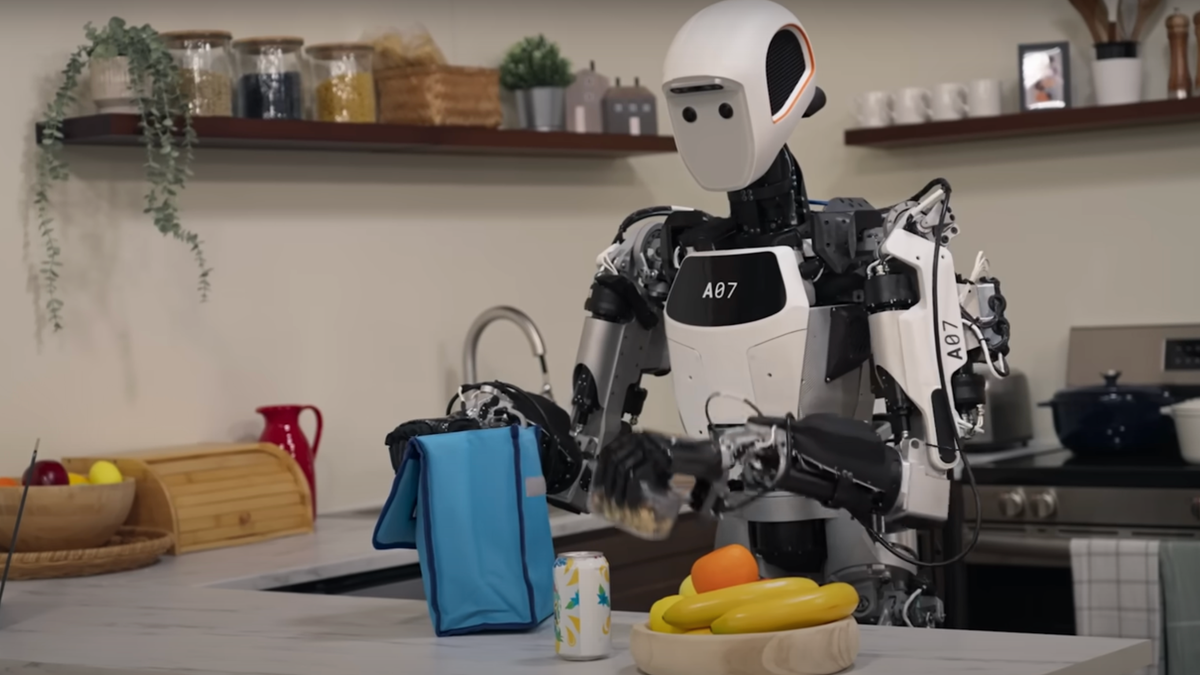Humanoid AI Robots Are On Their Way: Are We Prepared?

Advances in Humanoid Robotics: The Rise of Gemini Robotics
Introduction to Gemini Robotics
Recently, Google DeepMind showcased its Gemini Robotics technology through a demonstration video featuring a robotic arm. This robot demonstrated impressive skills by folding origami, packing snacks into Ziploc bags, and manipulating various objects with remarkable precision. When it dropped an item, it quickly adjusted and continued working smoothly, showcasing the fluidity of its movements. These capabilities come from a new AI model named Gemini Robotics, which is designed to adapt easily to different types of robots, including humanoid forms.
The Purpose of Humanoid Robots
Humanoid robots are designed to work seamlessly alongside humans in environments structured for people, such as homes and workplaces. The underlying technology behind Gemini Robotics will potentially power the next generation of humanoid robots, including tests being conducted with Apptronik’s Apollo robot. Such robots aim to provide assistance in logistics and household chores, making everyday tasks more manageable.
Challenges in Humanoid Robotics
Despite the advancements in robot design, a fundamental question arises: Should we create robots that fit into our world, or should we modify our environments for robots?
Why Humanoid Robots?
Advocates argue that the human body structure is inherently the best model for robots designed to operate in human spaces. Typical environments like kitchens and offices are built with human height in mind, featuring stairs and shelves that make it logical for robots to mimic human shapes. However, most successful robots today are non-humanoid, often limited to specific tasks in controlled environments like warehouses.
The Role of AI in Robotics
One major development propelling humanoid robots forward is the integration of advanced AI technologies like Google’s Gemini and OpenAI’s GPT. These systems allow humans to communicate with robots using natural language. Commands like "fold that shirt" or "put away the dishes" can be issued without requiring special programming knowledge. This could resolve significant challenges in human-robot interaction by enabling robots to adapt to new tasks and environments.
Current Limitations of Robotic Technology
While humanoid robots show promise, they have limitations that still need to be overcome. They often work slower than humans and struggle with delicate tasks or unpredictable situations, such as managing a messy household or dealing with objects that could change shape when handled. These scenarios present significant challenges that robots have not yet fully mastered.
The Industry Landscape
Numerous tech giants and startups are pouring resources into the development of humanoid robotics. Companies like Meta are working on creating robots that handle household chores, while others, like Tesla, are introducing their own humanoid robots. Influential figures—such as Elon Musk—have ambitious plans for these robots, even aiming to send them to Mars in the near future.
Human Trust in Robots
Despite ongoing efforts, significant barriers remain before widespread adoption of these humanoid robots can occur. Research into human-robot interactions indicates that people often have less tolerance for mistakes made by robots compared to those made by humans. A robot making a single error can lead to a loss of trust, which becomes particularly challenging when AI systems misinterpret commands or provide incorrect responses—a phenomenon known as "hallucination."
Continued Investment in Robotics
Despite the challenges, investment continues to flow into the field of humanoid robotics, driven by a desire to turn science fiction visions into reality. Events like Nvidia’s annual developer conference highlight ongoing advancements, as industry leaders showcase new software that may help these robots become more integrated into everyday spaces.
A future filled with humanoid robots may not be as far off as some predict. Industry experts believe we could witness more robots "wandering around" in the coming years, marking a significant shift in how we envision daily tasks and interactions with technology.






